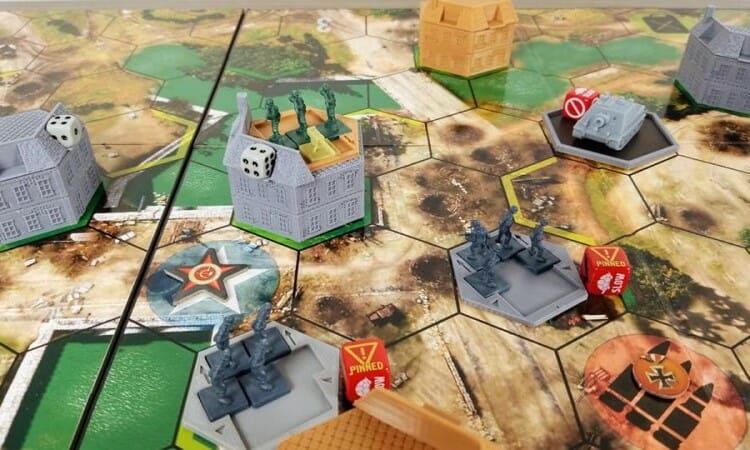

In addition, inactivity increases with age, with more than 35% of those 75 and older inactive. ĭespite evidence backing the importance of physical activity, 28% of Americans 50 and older are inactive, according to a 2016 CDC study. Our seven-part guide will help you ease into a healthy routine, backed by experts. READ MORE: Sign up for CNN’s Fitness, But Better newsletter series. If you have osteoporosis, it’s important to work on balance to avoid falls. Someone with arthritis should focus on joint flexibility first, Eldayrie said, while someone who just had a knee replacement should concentrate on strength training. There will also be differences based on a person’s health. “Someone who’s 85 and wants to be functional, though, will be focused on balance and strength to help decrease their fall risk.”

“For a master’s athlete, most likely strength and flexibility are more important to help with performance and decrease injuries,” he said. On an individual level, though, it all depends on the patient, Eldayrie said. Here are low-impact exercises that may ease your arthritis pain Group of people doing the mermaid pilates exercise or side stretch to tone the intercostal muscles viewed from the rear photology1971/Adobe Stock In addition, they should perform strength training and balance exercises at least twice weekly. “It’s a very known process.”īecause these declines are well-documented, the US Centers for Disease Control and Prevention recommends adults 65 and older engage in moderate-intensity exercise at least 150 minutes a week. George Eldayrie, a sports medicine physician with the Orlando Health Jewett Orthopedic Institute in Winter Garden, Florida. “Joints in the spine, hips, knees and shoulders naturally become more arthritic with age, and our ligaments and the interfaces between our tendons and muscles become more rigid,” said Dr. Similarly, everyone’s balance and flexibility decrease with age due to changes in vision, sensory nerves, joints, ligaments and more. At age 65 for women and 70 for men, the pace of these declines increases, according to the National Institutes of Health. After that, they slowly but steadily decline. In fact, muscle mass and strength peak at 30 to 35 years old. No matter how active we are, our muscle mass and strength decline as we age. Look to exercise to extend life, even for the oldest, study says


 0 kommentar(er)
0 kommentar(er)
